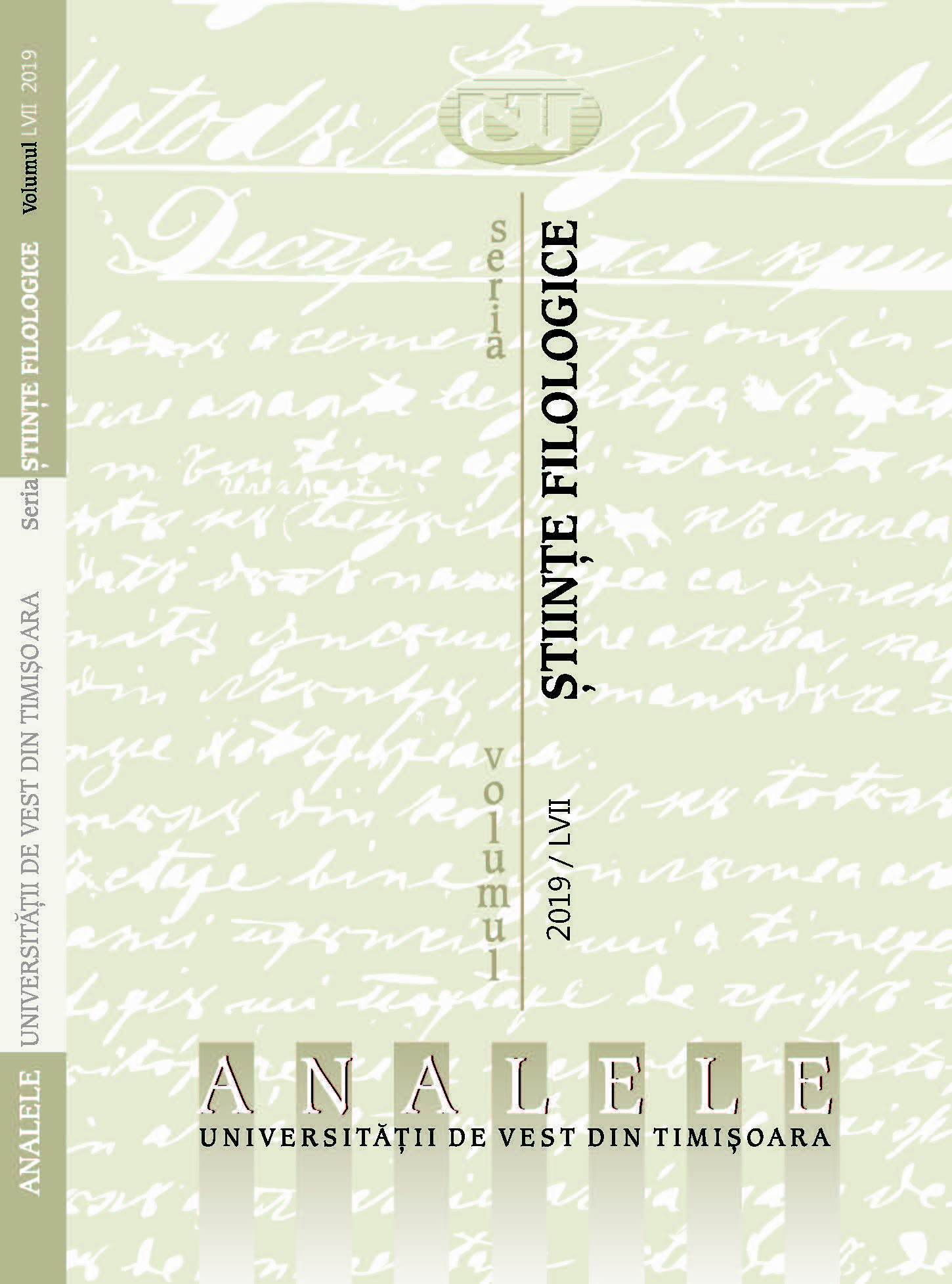Kafkas ‚Katzenlamm‘. Zur Interpretation der Nachlasserzählung Eine Kreuzung
Kafka’s ‘Cat-lamb’. On the Interpretation of the Short Story A Crossbreed
Author(s): Csilla MihálySubject(s): Studies of Literature
Published by: Editura Universităţii de Vest din Timişoara
Keywords: Franz Kafka; animal symbols; theory of interpretation; expressionist short story;
Summary/Abstract: The article makes a detailed analysis of Franz Kafka’s short story A Crossbreed. The protagonist is “half-cat, half-lamb”, an odd hybrid being, inherited by the narrator from his father. The interpretation lays emphasis on the inner realignment of the two poles of the animal and points out how the cat-lamb gets in a kind of human relationship with the narrator through some special emotional and communicative gestures. Nevertheless, this complex process is shown from the narrator’s perspective, so that the approach and the human features of the cat-lamb are regarded as a symbolic identification of both figures. In accordance with the general value-order of Kafka’s narratives, the biblical original sin actually becomes transparent in this strange inherited being. So the father’s inheritance is figuratively a symbol of transmitting the original sin and, at the same time, of a state in which false life and redeeming death are confronted with each other. In this sense, the ‘doubleness’ of the comic cat-lamb metaphorically embodies the narrator’s mental ‘doubleness’, his unconscious wish of redeeming death and life-instinct. In this way, the cat-lamb partly preserves, at the plot level, its special and yet concrete animal-character and, at the same time, features as a special sign in the narrative, namely as the metaphor of the double-determination of human existence.
Journal: Analele Universităţii de Vest din Timişoara.Seria ştiinţe filologice
- Issue Year: 2019
- Issue No: 57
- Page Range: 5-11
- Page Count: 7
- Language: German

